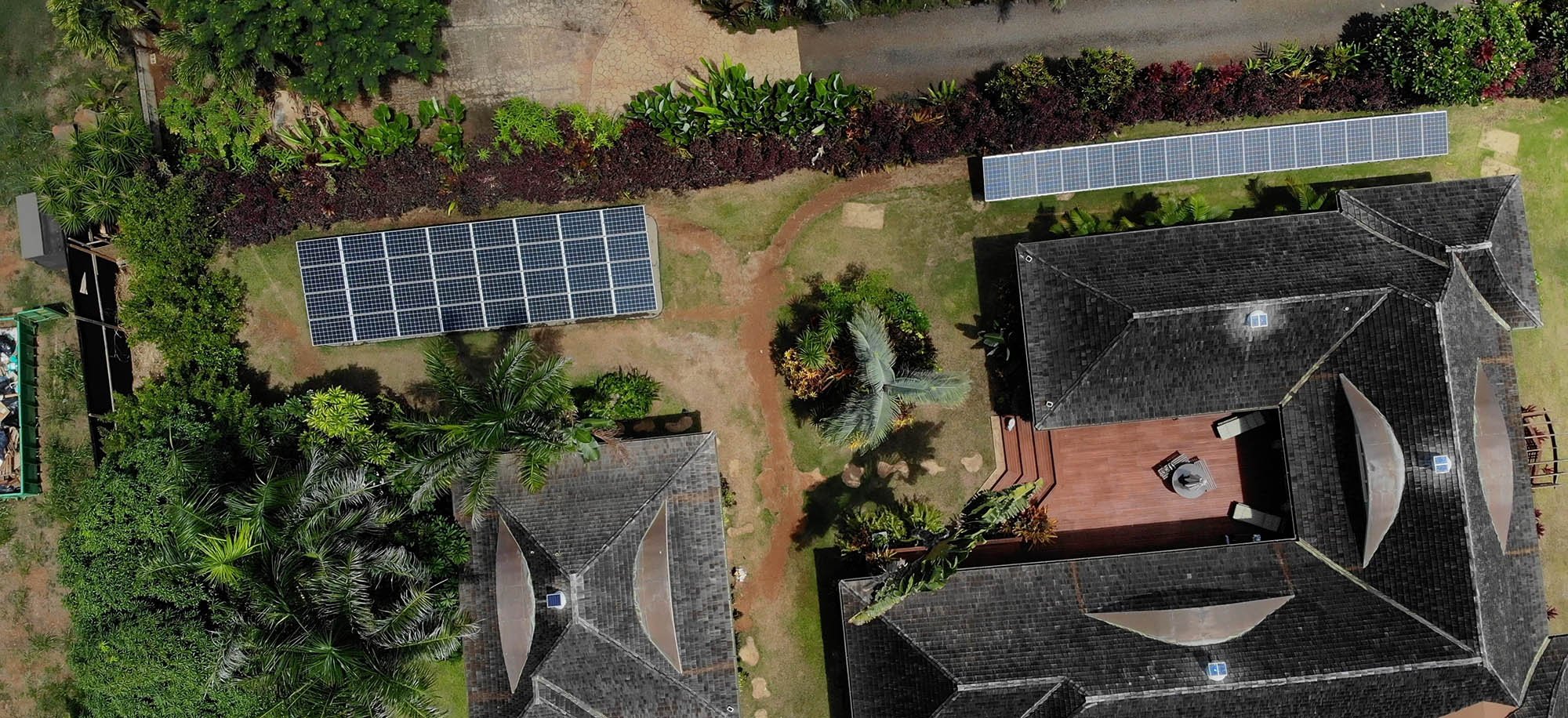
Residential Tax Credits
Solar is an affordable option, especially with tax incentives.
Take Advantage of Available Tax Credits
30% Federal Tax Credits
With the Inflation Reduction Act, enjoy 30% for years to come.
35% State Tax Credits
Take advantage of Hawaii state tax credits of up to 35%.
How the Inflation Reduction Act of 2022 helps you.
Extension of Rooftop Solar Tax Credits
The IRA extended the existing investment tax credit ("ITC") for solar until 2032. IRA hopes to relieve Americans of their dependence on oil and gas from abroad.
Battery Storage is Included
The bill also allows homeowners to apply the 30% credit to energy storage. This includes battery storage systems installed after a home solar array.
-
Panels: The credit covers solar PV panels or PV solar cells.
Additional equipment: The credit covers other solar system components, including the balance-of-system equipment and wiring, inverters and other mounting equipment.
Batteries: The ITC covers storage devices, such as solar batteries, charged exclusively by your solar PV panels. It also covers storage devices activated in a subsequent tax year to when the solar energy system is installed. Beginning on Jan. 1, 2023, stand-alone energy storage that doesn’t charge solar panels exclusively will qualify for the ITC credit.
Labor: Labor costs for on-site preparation, assembly or original solar installation are covered. This includes permitting fees, inspection costs and developer fees.
Sales tax: The credit also covers sales taxes applied to these eligible expenses.
-
However, the IRA does permit you to get smart with your accounting by permitting tax credit carrybacks of 3 years and carryforwards of 22 years, which allows you to move a credit to a different year or years and reduce the tax liability there.
Carrybacks mean you can use these credits to amend a previous year’s return, offset profits and get an immediate refund on taxes you paid.
Carryforwards work on the same basic principle of reducing the liability of a different year’s profits than the year the credit is available to the project. A carryforward does require planning; you will need to let the IRS know it is coming by making an election on your return.
Typically, both carrybacks and carryforwards are capped annually, but you may continue to spread out the credit at the maximum annual amount for the duration of the allowable time – either 3 or 22 years. The same is true if your tax liability is not big enough in a particular year to take full advantage of the credit; you may move the balance to other years as necessary. Monetize Your Credits, Baby Don’t want to use credits to offset your taxes? Fine – now you can monetize them. *Happy dance* One way is to choose direct pay under Section 6417, in which you can elect to take cash in lieu of tax credits. This action is available to the ITC, PTC, and other credits (providing certain conditions are met).
